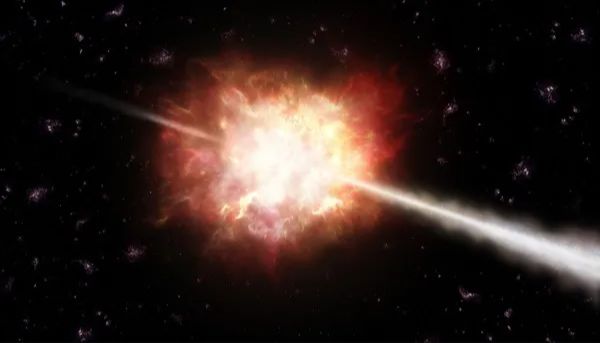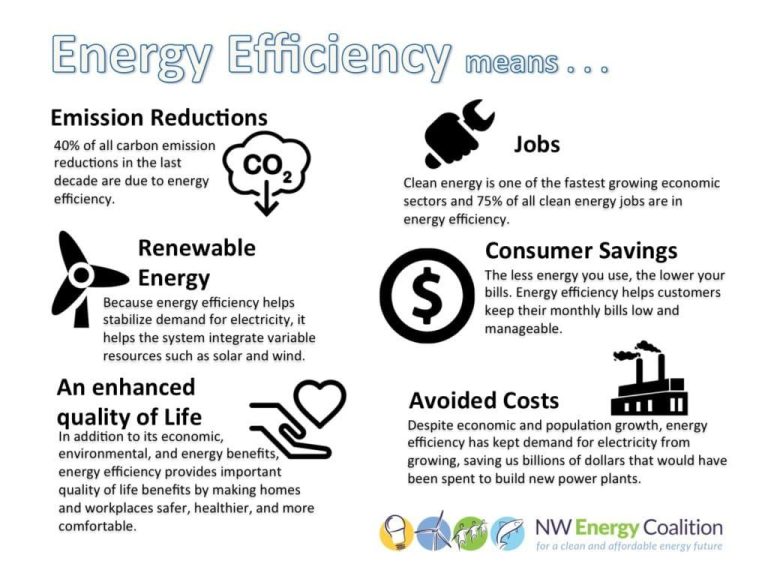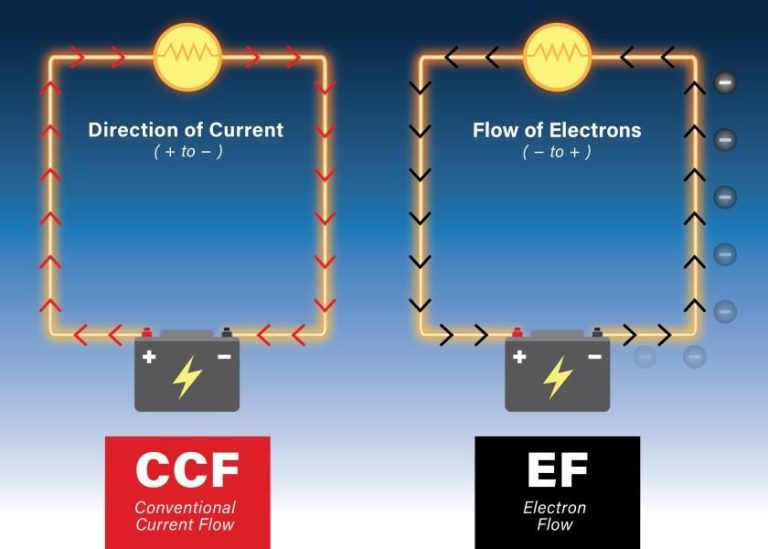How Is Energy Related To Potential?
Both potential and kinetic energy are important concepts in physics that relate to the work energy can do. Potential energy is stored energy that an object has due to its position or state. For example, a ball held above the ground has gravitational potential energy due to gravity’s effect on its height. Kinetic energy is energy that an object has due to its motion. For example, a ball rolling down a hill has kinetic energy due to its velocity.
Potential and kinetic energy are connected because potential energy can be converted into kinetic energy. When the ball being held above the ground is dropped, its potential energy is converted into kinetic energy as it accelerates under gravity. The total amount of energy remains constant, being transferred between potential and kinetic. Understanding this relationship is key to analyzing many mechanical systems.
Potential Energy
Potential energy is the energy stored in an object due to its position or state. For example, a book sitting on a table has potential energy relative to the floor due to gravity. If the book falls off the table, that potential energy gets converted into kinetic energy as the book accelerates towards the floor. Other common examples of potential energy include:
- Gravitational potential energy – energy stored due to an object’s height relative to a gravitational field (e.g. the Earth)
- Elastic potential energy – energy stored in stretched or compressed springs and elastic bands
- Chemical potential energy – energy stored in the bonds between atoms and molecules that gets released in chemical reactions
Potential energy is not due to an object’s motion, but rather due to its position or composition. Objects can store potential energy and then convert it into kinetic energy when released. Understanding potential energy is key to explaining how energy transfers between different objects and systems.
Kinetic Energy
Kinetic energy is the energy an object possesses due to its motion. For example, a moving object like a rolling ball or a speeding car has kinetic energy. The faster the object moves, the more kinetic energy it has.
Kinetic energy depends on the mass and velocity of an object. The kinetic energy (KE) of an object is calculated using the following formula:
KE = 1/2 * mass * velocity^2
So an increase in either mass or velocity will result in an increase in the kinetic energy. This is why a large truck traveling at high speeds has tremendous kinetic energy, and why hits from fast moving objects like bullets inflict so much damage.
Some common examples of kinetic energy in action include:
- A soccer ball being kicked into the goal
- A bicyclist pedaling up a hill
- Waves crashing along a shoreline
- Cars driving down a highway
In each case, the object’s motion represents kinetic energy that can be transferred upon impact or do work. Understanding kinetic energy allows calculating the forces involved in collisions, predicting energy transfers, and determining how motion influences an object’s total energy.
Conversion Between Kinetic and Potential
Potential energy can be converted into kinetic energy, and kinetic energy can be converted into potential energy. This interconversion occurs constantly in the physical world.
Gravitational potential energy is converted into kinetic energy when an object falls. For example, when you hold a book in your hand above the floor, it has gravitational potential energy relative to the floor. When you drop the book, this potential energy is converted into kinetic energy as the book gains speed. The book’s kinetic energy increases until it hits the floor.
Kinetic energy can also be converted into gravitational potential energy. Imagine kicking a soccer ball upward into the air. As it rises, the kinetic energy of the moving ball is converted into gravitational potential energy. The ball slows down as it trades its kinetic energy for potential energy until it momentarily stops at its maximum height above the ground. At this point, all of its kinetic energy has been converted into potential energy.
A similar interconversion occurs between elastic potential energy and kinetic energy. For example, when you pull back a slingshot, you store elastic potential energy in the stretched elastic band. When you release the slingshot, this potential energy is converted into kinetic energy as the projectile accelerates forward.
Chemical potential energy stored in molecules and atoms can also be converted into kinetic energy. This occurs through chemical reactions such as combustion or cellular respiration. The potential energy stored in chemical bonds is released and transformed into heat and motion.
Understanding the interconversion between potential and kinetic energy is key to explaining many everyday phenomena and technologies that rely on the conservation and transformation of energy.
Gravitational Potential Energy
Gravitational potential energy is the energy stored in an object due to its height above the ground or distance from another object. When lifted up, an object gains gravitational potential energy. For example, imagine a book sitting on a table. If you lift the book 1 meter off the table, you have to perform work against the gravitational force pulling it down. The gravitational potential energy of the book has now increased.
The higher above the table the book is, the more gravitational potential energy it has. The gravitational potential energy depends on the mass of the object, its height, and the strength of gravity. It can be calculated using the equation:
Gravitational Potential Energy = mass x gravity x height
On Earth, an object experiences 9.8 m/s2 of gravitational acceleration. So a 5 kg book that is lifted 2 meters off the ground would have a gravitational potential energy of:
Gravitational Potential Energy = 5 kg x 9.8 m/s2 x 2 m = 98 J
This gravitational potential energy is converted to kinetic energy if the object falls. In physics, energy can change forms but is never lost. So the total amount of energy is conserved in processes like lifting or dropping objects.
Elastic Potential Energy
Elastic potential energy is the energy stored in an elastic object that is deformed or stretched. It refers to the tendency of that object to return to its original shape and size. Elastic potential energy can be found in springs, rubber bands, slingshots, and other elastic materials.
For example, when you pull back the rubber band of a slingshot, you are storing elastic potential energy. When you let go, the rubber band springs back to its original shape and size, releasing that stored elastic potential energy. The farther you stretch a rubber band, spring, or other elastic object, the more elastic potential energy gets stored.
Another everyday example is a bow and arrow. When you pull back the bowstring, elastic potential energy builds up. When you release the arrow, the bowstring springs back to its original shape, transferring the stored elastic potential energy into kinetic energy that launches the arrow forward.
On a microscopic scale, the chemical bonds between atoms in molecules act like tiny springs. They can store elastic potential energy when stretched or compressed. This type of potential energy on the molecular level is important for many chemical reactions.
Chemical Potential Energy
Chemical potential energy is the stored potential energy of chemical bonds that can be released as heat during a chemical reaction. Substances like fossil fuels, batteries, and food contain chemical potential energy that can be converted into other forms of energy when chemical bonds are broken and rearranged.
For example, the hydrocarbons in gasoline have high chemical potential energy due to the arrangement of carbon-carbon and carbon-hydrogen bonds. This chemical potential energy gets converted into heat and kinetic energy when gasoline undergoes combustion in a car engine. The hydrocarbon molecules break apart, forming carbon dioxide and water and releasing energy.
Foods like fats and sugars also contain chemical potential energy that our bodies convert into kinetic energy through metabolism. The complex molecules in food break down and rearrange into different compounds, releasing energy our cells can use to power processes and motion.
Batteries also store chemical potential energy through the interaction of chemicals and metals. This energy gets released as electricity flows through the battery, enabling it to power devices. The higher the chemical potential energy stored in the battery materials, the more electricity it can produce before it runs out.
Applications
Potential and kinetic energy conversion has many practical applications in our everyday lives.
One common example is a pendulum. At the highest point of its swing, it has maximum potential energy but no kinetic energy. As it swings downward, this potential energy gets converted into kinetic energy from the acceleration of gravity. At the lowest point, it has maximum kinetic energy and minimal potential energy. The kinetic energy gets converted back into potential energy as it swings upwards again.
Another example is a rollercoaster. As the rollercoaster train ascends the first hill, it builds up gravitational potential energy. At the top, all this potential energy gets converted into kinetic energy as the train accelerates downhill. The kinetic energy propels it through loop-the-loops and sharp turns, being converted back and forth between potential and kinetic along the way.
Batteries also demonstrate potential to kinetic energy conversion. The chemical potential energy stored in the battery gets converted into electrical energy and kinetic energy to power toys and devices. The same process occurs on a larger scale in car engines, where the chemical potential energy in gasoline gets converted into the car’s kinetic energy.
Understanding these energy conversions allows engineers to design systems and devices that maximize the efficient use of energy.
Conservation of Energy
One of the most important principles that governs how energy works is the law of conservation of energy. This law states that the total amount of energy in a closed system remains constant over time. Energy can transform from one form to another, but the total quantity of energy never changes.
For example, when a ball falls off a table, its potential energy gets converted to kinetic energy as it accelerates towards the ground due to gravity. When the ball hits the floor, some of that kinetic energy gets converted to sound, heat, and deformation energy. But if we were to add up all the different forms of energy at the start when the ball was sitting on the table and again when it finishes bouncing on the floor, the totals would be equal.
This conservation of energy is possible because energy is a property of a system as a whole. It is not bound to any specific component within that system. So when energy transforms, it is really just shifting between different components or different types while maintaining a constant total.
Understanding the principle of conservation of energy is crucial for analyzing any process or phenomenon that involves energy transformations. It allows us to track where energy comes from and where it ends up. This can reveal insights into how efficient a system is and help identify any energy leaks or losses along the way.
Conclusion
To summarize, potential and kinetic energy are the two main forms of mechanical energy. Potential energy is stored energy that an object possesses due to its position or chemical configuration. Common types of potential energy include gravitational, elastic, and chemical potential energy.
Kinetic energy is the energy of motion that an object possesses due to its movement. The amount of kinetic energy depends on the mass and velocity of the object.
Potential and kinetic energy can convert back and forth between one another. For example, when you lift an object upwards, you do work against gravity to give the object gravitational potential energy. If you then drop the object, this potential energy is converted into kinetic energy as the object falls.
The law of conservation of energy states that the total mechanical energy in a closed system remains constant. Energy is never lost, but only converted between potential and kinetic forms.
Understanding the relationship between potential and kinetic energy is key to analyzing mechanical systems across many fields of science and engineering.




